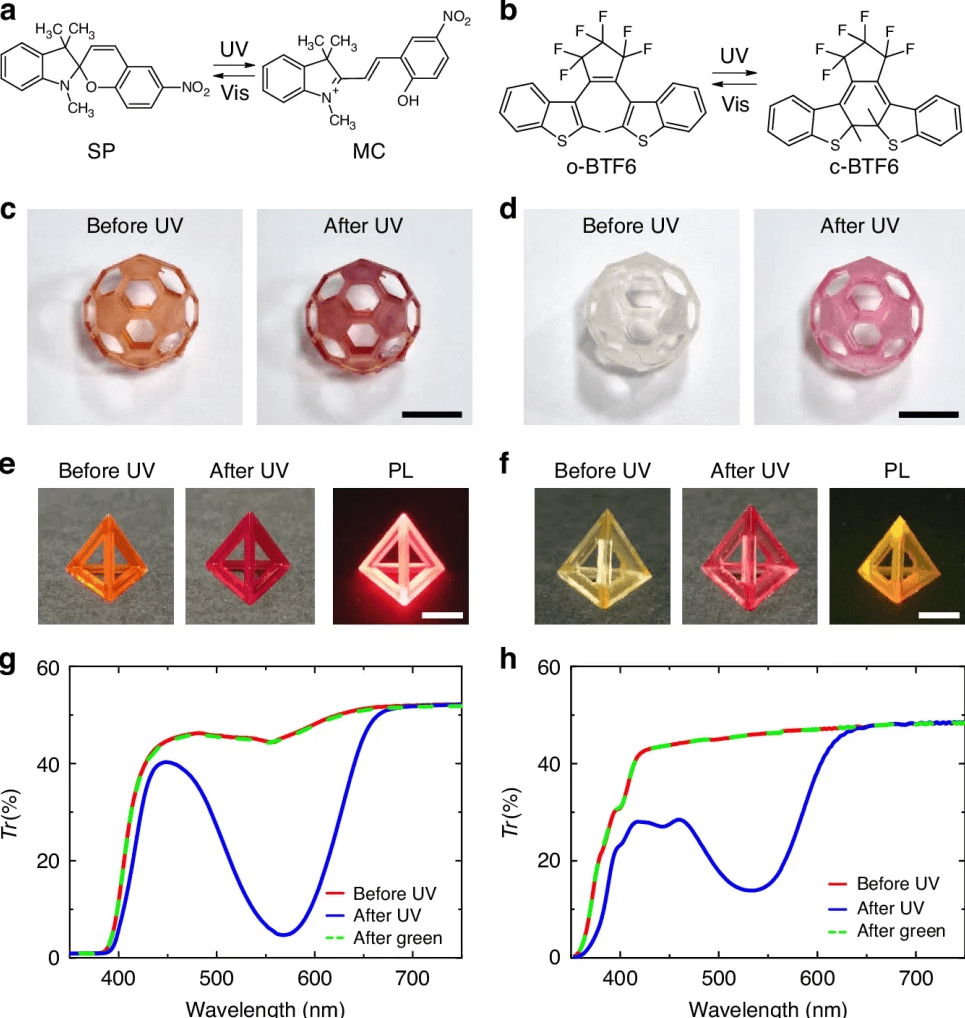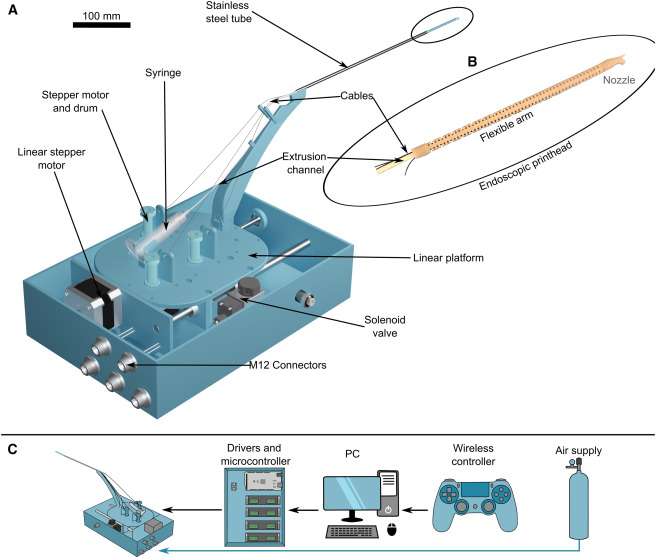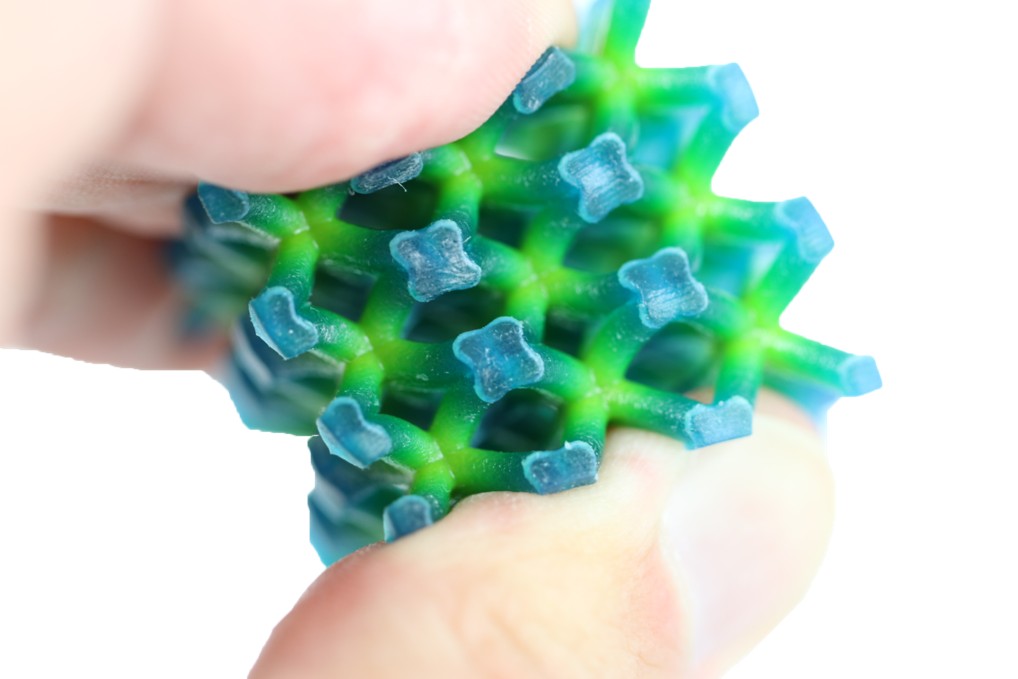
Date:2025-01-08 10:00:45
According to the University of Manchester, researchers in Dr. Tgiskou’s group at the Henry Royce Institute, working with Dr. Harrison and Professor Clarke at the Manchester Cancer Research Centre, are advancing bone tissue engineering through 3D printing. Their method aims to reduce animal testing and yield more controlled conditions for studying how breast cancer spreads to bone.
Bones have intricate structures that help us understand cancer’s tendency to metastasize to bone. Traditionally, researchers relied on animal models, but this new approach merges 3D printing with stem cells to create realistic lab-grown bone models.
“We’re essentially creating a ‘bone in a dish’ using 3D printing technology. Think of it as building a miniature version of bone tissue where we can study cancer cell behavior in a controlled environment,” said Fatih Eroglu, from the University of Manchester.
Researchers advance bone tissue engineering with 3D printing - providing more controlled conditions for studying bone tissue.
The team prints scaffolds using PLGA (a biodegradable polymer) and HA-PLGA (PLGA mixed with hydroxyapatite) to more closely mimic natural bone. Crucially, they employ a common FDM printer – much cheaper than specialized bioprinters (like the Cellink BIO X6 [£130,000 – £160,000] or the RegenHu R-GEN 200 [£150,000 – £200,000]) – making this research more accessible worldwide.
Stem cells called BM-MSCs are then seeded on the 3D printed framework. “It’s like giving these cells the perfect environment to become what we need them to be,” said Eroglu. Early results show that these cells thrive, multiply, and form bone-like structures. Tiny pores in the printed scaffolds let cells move, get nutrients, and connect, supporting realistic bone development.
By replicating bone so closely, researchers can now explore cancer metastasis to the bone with fewer animal experiments. These findings also hold promise for drug development and studying other bone-related diseases.
“We’re not just building scaffolds, we’re creating new ways to study disease and test treatments that could reduce animal testing while accelerating research progress,” said Fatih Eroglu.





